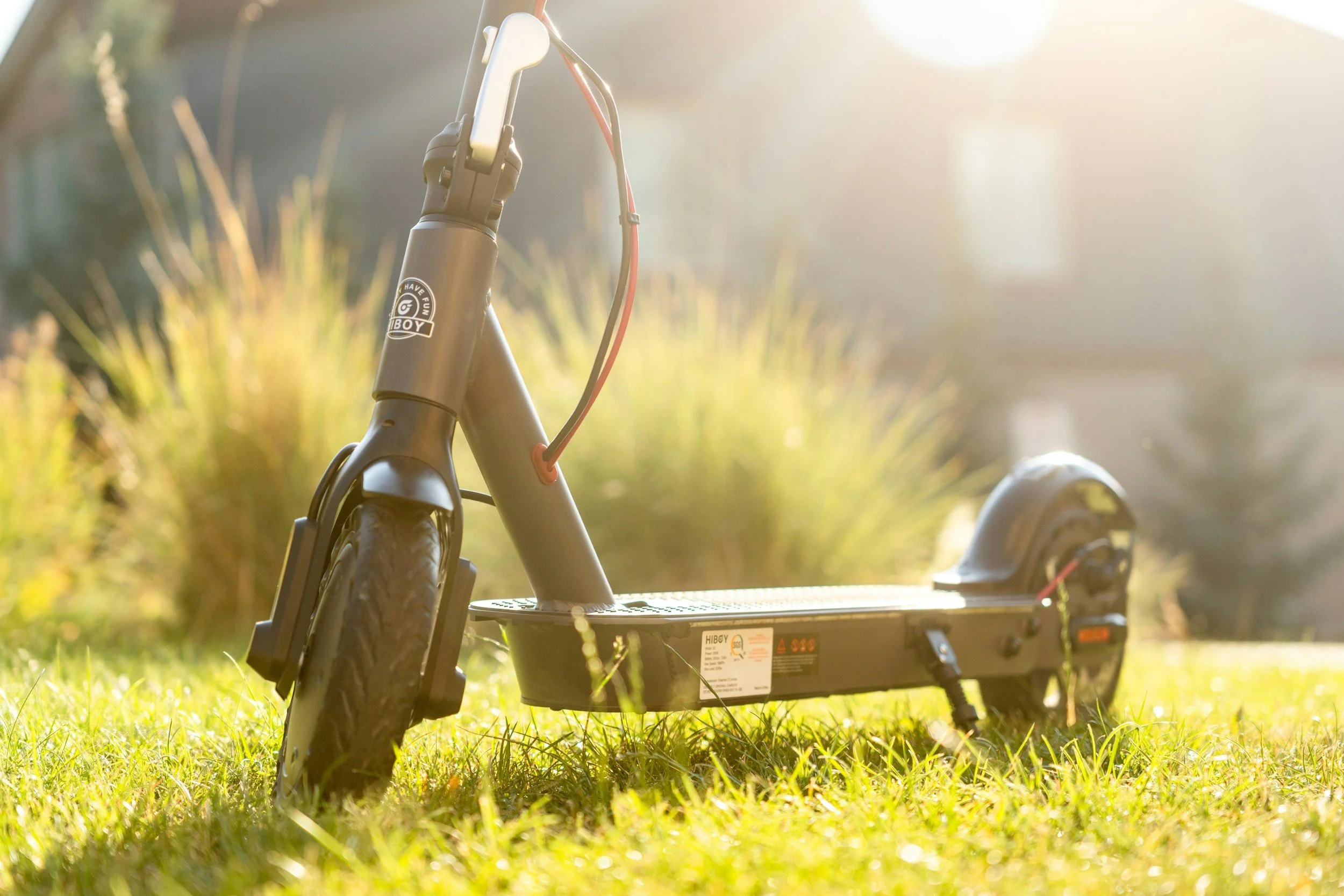Electric Scooters: Then and Now
The scooter fad of the early 2000s has been replaced by the electric scooter (“e-scooter”) wave of today. Now, you find e-scooters everywhere you go, but the rules of the road do not give them equal treatment. E-scooters are faster and more powerful, which means they need to be regulated.
Current Regulations
So far, what we have is a patchwork of municipal regulations that fall within Ontario’s e-scooter pilot program that runs until November 27, 2024. Under the pilot, e-scooters must have:
a maximum speed of 24 km/h on a level surface
a maximum weight of 45 kg
a maximum power output of 500 watts
two wheels and brakes
a horn or bell
at least one white light on front, one red light on rear and reflective material on sides
a maximum wheel diameter of 17 inches
Operator Requirements
Operators must be at least 16 years old, wear a bicycle helmet if under 18 years old, and stand at all times while riding. They are not permitted to carry passengers or cargo. Penalties will apply to violations of the pilot regulation (fine of $250 to $2,500). Additionally, all Highway Traffic Act rules of the road apply when riding e-scooters, regardless of the municipality, just as they do to bicycles.
Municipal Responsibilities
Municipalities that choose to allow e-scooters are responsible for where e-scooters may be operated and where e-scooters may park, among other considerations such as whether a licence or insurance is required. In the City of Toronto, e-scooters are prohibited from being operated, left, stored, or parked on any public street, including bicycle lanes, cycle tracks, trails, paths, sidewalks, or parks. The municipal guidelines outline best practices for municipalities participating in the pilot program.
If you or someone you know has been injured in an e-scooter accident, contact us. We are here to help with over 50 years of experience in personal injury litigation.


